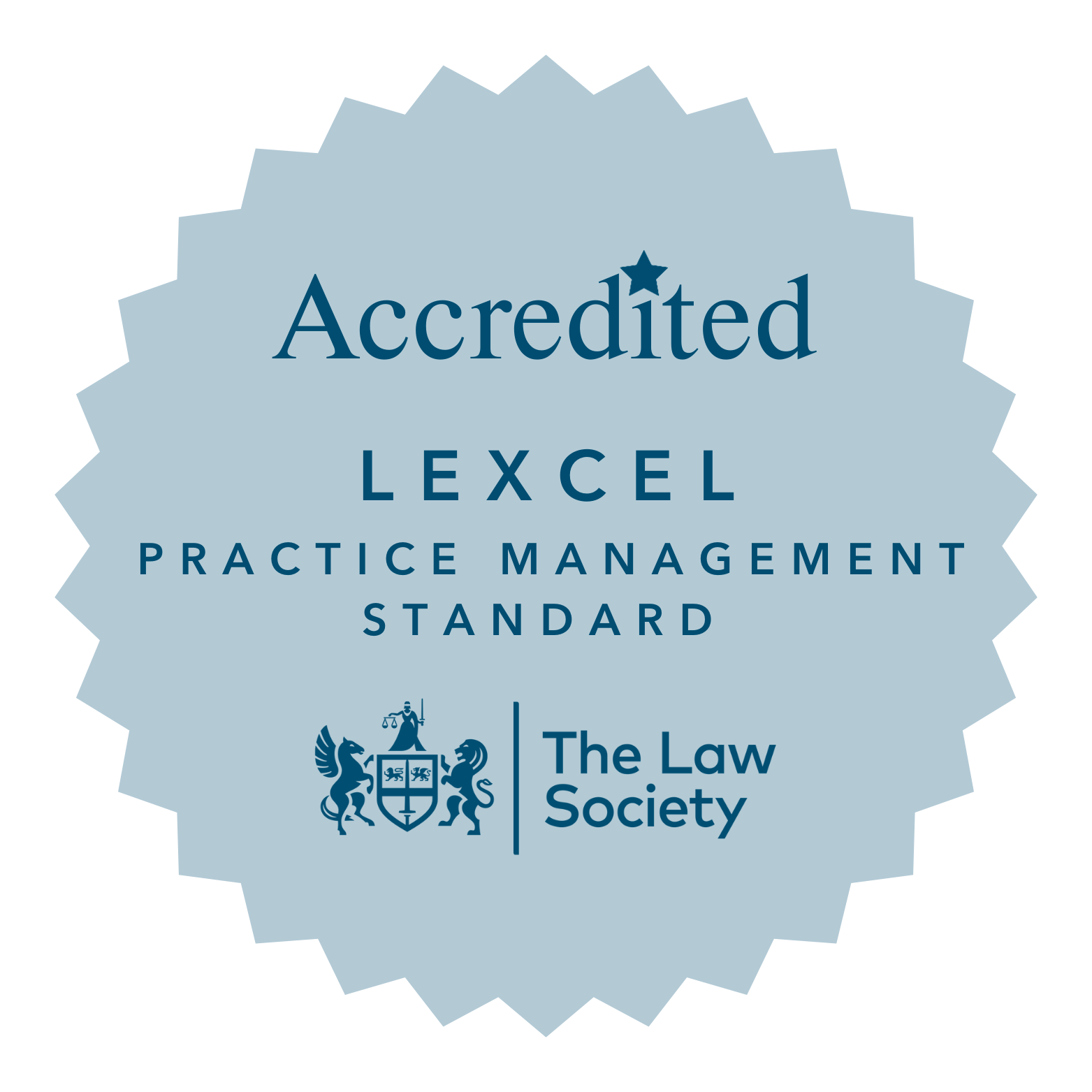


Deborah Piccos, a consultant solicitor-advocate in our children’s team, has successfully appealed a decision of the family court in the Court of Appeal. Deborah, the junior advocate for the children, was led by John Tughan KC in this important case where the Court of Appeal considered at the conclusion of a fact-finding hearing in care proceedings that the Judge had erred in law and was wrong in failing to identify the perpetrator or possible perpetrators of serious non-accidental injuries sustained by a nine month old baby.
Deborah represents the children, Y, now aged 13, V, now aged 12, and B, now aged 2, in care proceedings through their children’s guardian. These proceedings were issued in June of 2023 after B was admitted to hospital with swelling to the left side of her head. It was subsequently discovered that she had sustained a number of very serious injuries, including a lobe injury and rib fractures, which were likely to have occurred on at least two separate occasions.
It was the Local Authority’s case, supported by the guardian, that B’s mother must have caused the injuries to B, either deliberately or by failing to protect her. B’s mother however denied ever having harmed her; she also denied knowing how the injuries were caused. Her case was that there was a real possibility that B’s injuries could have been caused accidentally in the brief periods when B was not in her care, but that she was not aware of this having happened.
To establish how B’s injuries had been caused, a fact-finding hearing was held in March 2024. Deborah and John represented the children at that hearing. It was initially listed for 14 days, but this was reduced to five after the mother confirmed she did not seek to challenge the medical evidence. The mother accepted that the injuries must have been inflicted and were not accidental and she was not contending that either of her elder children or any other family member had caused the injuries.
At the conclusion of the fact-finding hearing, the judge found that the injuries were non accidental and inflicted, either deliberately or through reckless use of force. Turning then to the question of perpetration, she initially explained that she had found that if the mother did not cause the injuries to B, then she knew who did. She went on to address the issue as follows:
- “72. As to the identity of the perpetrator, I am unable to make a positive finding that the mother herself caused the injuries. Partly that is because I have taken into account all of the surrounding evidence that shows the mother as a gentle and loving parent. I find myself in this position also because I am quite clear that the court has not been given a full and complete account in this case of what happened in B’s life over the relevant period.
- 73. I do make a finding that the mother knows how the injuries were caused and has chosen not to tell the truth. That finding, in my view, is inescapable. To make that finding is not to reverse the burden of proof but to acknowledge that the weight of the evidence leads to a conclusion that it is not realistically possible that these injuries could have been sustained without the mother being aware. The threshold criteria are met on that basis.”
The Judge then reiterated in clarification of her judgment with the children’s advocates that her judgement was “certainly meant to include the possibility of the mother as perpetrator”.
There was subsequently a significant delay in the transcript of the judgement being produced. By the time it was received three months later, it became clear that the judge’s initial comments about the possibility of mother being the perpetrator were not included in her finalised judgement, and only paragraphs 72 and 73 had survived.
Deborah, on behalf of the children, appealed this judgement, on the following five grounds:
- Having correctly concluded that the injuries were inflicted, the judge was wrong to refuse to identify a perpetrator or a “pool” of perpetrators. Alternatively, if the judge has identified a pool of perpetrators, then it is a pool of the mother and a hypothetical other person and that is neither borne out on the factual evidence or allowed in law.
- The court was wrong to find that the mother was not the perpetrator.
- The court was wrong to find that an unidentified hypothetical person known to the mother inflicted the injuries.
- The judge compartmentalised her approach to the facts.
- The judge went “off-piste” in that she made findings that were not sought by any party. The conclusion that the judge ultimately arrived at was neither explored in evidence nor in submissions and no party had notice of this possible outcome
At the appeal hearing this was distilled by the children’s team into the single proposition that it was not possible to understand the judgement. The appeal was supported by the Local Authority, who argued that the judge was wrong to make no finding against the mother, either that she was the perpetrator of the injuries or she had failed to protect B. The error in the Judgment and the unclear factual matrix caused difficulties as to: whether the final threshold in the case would be met; with the welfare stage of the case and the final decisions needed for the children. This meant it was not possible for risk assessments to be done or a narrative to be given to the children. The appeal was opposed by the mother. The father took a neutral stance.
The Court of Appeal ultimately allowed the appeal on the first part of ground one. Lord Justice Baker explained that “the judge was wrong to conclude the fact-finding stage in this case, in which a young child has sustained serious non-accidental injuries on more than one occasion, without either finding on a balance of probabilities that a named person was the perpetrator or finding that persons (named or unnamed) were in the pool of perpetrators”. Both Lady Justice Laing and Lady Justice Asplin agreed with his judgement.
The matter has been remitted for a rehearing, listed at first instanced before Mr Justice MacDonald, the presiding family judge for London. Deborah continues to represent the children and act as their advocate with John Tughan KC in the proceedings to seek that the factual matrix is established to ensure these proceedings can progress without further delay and conclude in a way that meets the best interests of the children.
The full judgement can be read here.
The recording of the live steam of the appeal hearing can be viewed here.
Disclaimer: The information on the TV Edwards website is for general information only and reflects the position at the date of publication.






